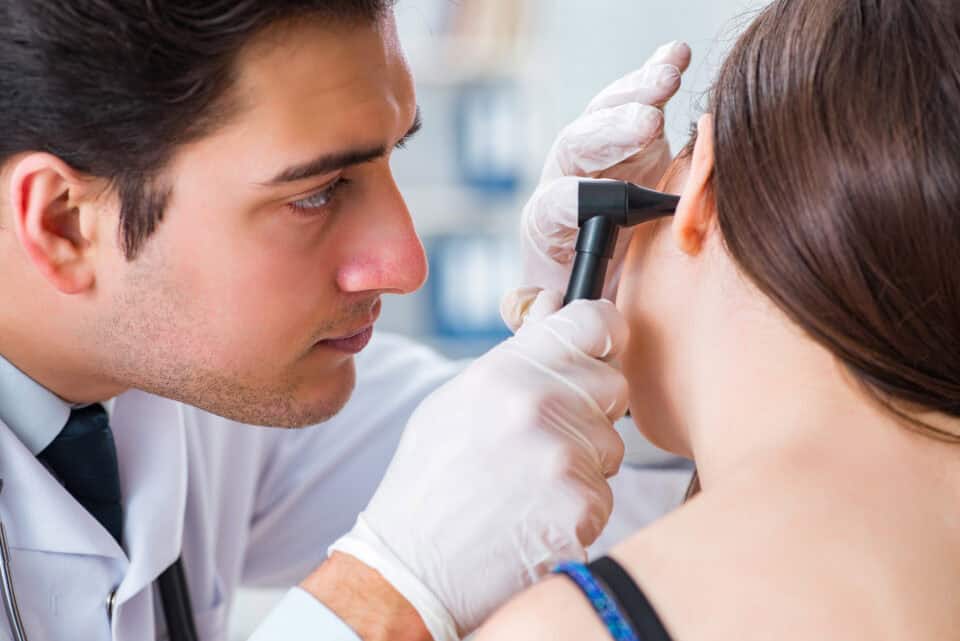- The Emotional Journey of Accepting Hearing Loss - October 25, 2024
- Making a Style Statement with Hearing Aids This Fall - October 15, 2024
- Fireplace Safety and Hearing aids - October 4, 2024
Hearing loss is one of the most common health conditions facing people of all ages in the US. While commonly considered a health setback for older adults, due to exposure to noise, a whole new generation is experiencing a rise in hearing loss. In fact, the Centers for Disease Control and Prevention report that “an estimated 12.5% of children and adolescents aged 6–19 years (approximately 5.2 million) and 17% of adults aged 20–69 years (approximately 26 million) have suffered permanent damage to their hearing from excessive exposure to noise.” To combat these ever-rising numbers, the World Health Organization has announced new standards for safe listening.
The Danger of Noise
The volume of sound is measured in decibels. We can withstand safe decibels levels indefinitely, but as they rise they can start to stress our nervous system by releasing cortisol—the stress hormone. This puts our bodies in a constant state of “fight or flight” mode, which interrupts sleep and can cause our blood pressure to rise into hypertension. The Environmental Protection Agency (EPA) states that any exposure of 70 dBA or higher for 24 hours or more, can be considered noise pollution and a risk to our health. This could affect those living near busy traffic, an industrial factory, an airport, night club or noisy neighbors.
Understanding Noise Induced Hearing Loss
While noise pollution is damaging to our health, our ears can still withstand the decibel levels of noise without lasting damage. However, once sounds reach a limit past 85 dBA, they can be loud enough to cause permanent damage. It’s a combination of the decibel level mixed with the length of exposure. As the decibels rise, the time it takes for the damage to occur shrinks. At 85 dBA, it takes a constant exposure for eight hours for damage to begin. For every three increments in noise, the time it takes for damage to occur shrinks. At 88 dBA it only takes 4 hours. At 95 dBA it can take around an hour and at 105 expect damage in under 15 minuets!
How Noise Effects Our Auditory System
For sound to reach our brains it must travel into the outer ear, which we all see. From there it travels through the eardrum and ossicles, where the vibrations continue to amplify. From there it reaches the cochlea, a snail shaped tiny organ which is filled with fluid and house tiny hair-like cells called stereocilia. Stereocilia transform audio vibrations into electrical impulses, which can be interpreted by the audio cortex in the brain. However, when sounds pass safe listening levels and time limits, it can cause vibrations, loud enough to damage the tiny hair-like cells—causing permanent hearing loss!
WHO announces new guidelines for safe listening in public venues
Just before World Hearing Day in 2022, WHO introduced a new international standard for safe listening at venues and events. The rule applies to places and events where music is played loudly.
“Millions of teenagers and young people are at risk of hearing loss due to the unsafe use of personal audio devices and exposure to damaging sound levels at places like nightclubs, bars, concerts, and sporting events,” explains Dr. Bente Mikkelsen, WHO Director for the Department of Noncommunicable Diseases.
The WHO offered six recommendations to protect the ears of patrons at nightclubs and entertainment venues.
These are the six recommendations:
- An average noise level of no more than 100 decibels
- Staff will use calibrated equipment to monitor and record sound levels in real-time.
- Improve the sound quality and safety of the venue’s acoustics and sound systems.
- Give people personal hearing protection and instructions on how to use it
- Allow access to quiet places where people can rest their ears and reduce the risk of hearing damage.
- Offer staff training and information on the importance of protecting your hearing
Test Your Hearing
Once hearing damage to the stereocilia occurs it is irreversible, however, this doesn’t mean that it’s not treatable. The first step is always prevention. Take listening breaks, and wear hearing protection anytime you suspect your hearing may be at risk for excessive noise. If you do have a hearing loss, schedule a hearing exam as soon as possible. We can help find the best solution for all your hearing needs.

